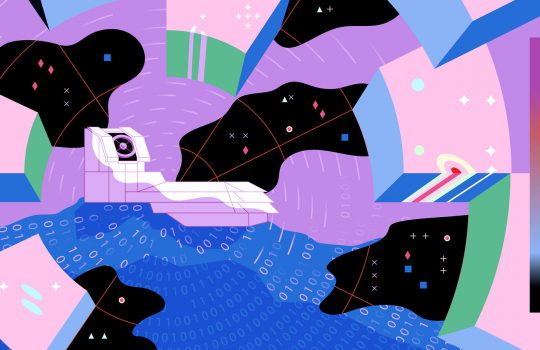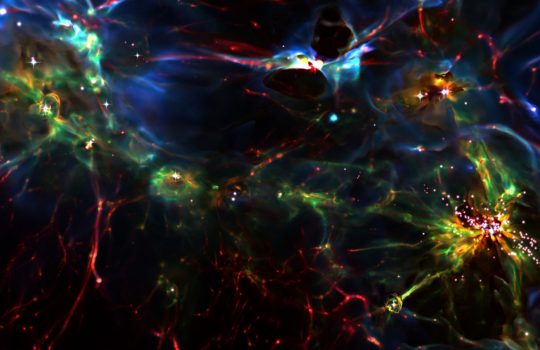Particle physics keeps producing beyond the Higgs boson
From AAAS, Feb. 16, 2019: The Higgs boson, the once-elusive particle that provides mass to the building blocks of the universe, is the most famous product of the CERN international laboratory, but the lab’s bragging rights extend to a host of innovations, said the lab’s director-general Fabiola Gianotti.



